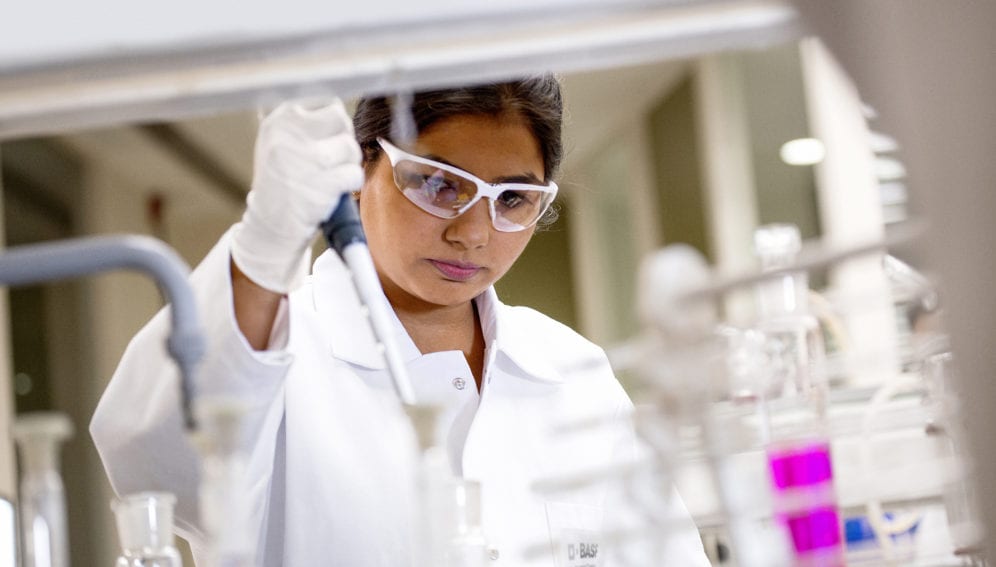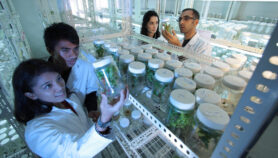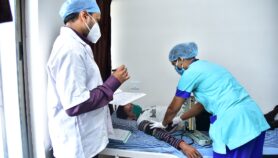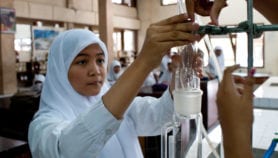By: Archita Bhatta
Send to a friend
The details you provide on this page will not be used to send unsolicited email, and will not be sold to a 3rd party. See privacy policy.
Indian scientific publications are steadily increasing in number and the country is now producing more papers per person than the world average, says a newly released report.
The International Comparative Research Base (2009-14) for India by Elsevier, released in February, shows a marked increase in the country’s performance between 2009 and 2013.
In this period, the number of scholarly outputs, including research publications, increased by 68 per cent from 62,955 to 106,065 with India’s active researchers publishing an average of 14 papers per head against the world average of five.
Researchers attribute this surge in research impact to increased monetary support for science. “In the last decade, several world class institutions have been set up with state-of-the-art technologies. This was possible through liberal funding, says Amitabha Bandyopadhyay, associate professor at the Indian Institute of Technology-Kanpur (IIT-K).
Bandyopadhyay’s Skeletal Development Laboratory was set up in the department of biological sciences and bioengineering at IIT-K with generous government grants. IIT-K was identified in the report as the institution with the highest number of citations per paper in the subject category of biochemistry, genetics and molecular biology.
Similarly, the Indian Institute of Science (IISc), Bangalore, has been able, with the new funding, to build facilities for spectroscopy and analytical testing, electron microscopy and X-ray diffractometry.
“Increased investment between 2000—2010 resulted in rapid increase of facilities, quality personnel, infrastructure and space which resulted in better research performance,” says P. K. Das, professor at the department of inorganic and physical chemistry at the IISc.
Aurnub Ghose, assistant professor at Indian Institute of Science, Education and Research (IISER) at Pune, says: “It is in this period that India’s S&T research funding touched one per cent of GDP. This funding boost along with introduction of flexibilities in our funding agencies and representation of younger voices in funding decisions has gone a long way in improving performance.”The IISERs, of which there are five, now rank fourth among top scientific institutions listed by Nature Index, which tracks the affiliation of high-quality journal articles and presents research outputs by institution and country. The IISERs figure among the top 50 such institutes in the Asia Pacific region.
According to the report, India’s growth in scientific excellence is particularly aggressive at the top end of the scale.
“India’s share in top cited papers has also increased 12.4 per cent for the top 25 per cent cited papers, 12.7 per cent for the top 10 per cent cited papers, 15.4 per cent for the top 5 per cent cited papers, and 20.8 per cent for the top one percent cited papers,” the report says.
Arun Shukla, associate professor at IIT-K, attributes this quality boost to improved infrastructure, making complex experiments possible. Shukla also believes that the return to India over the last decade of a large number Indian researchers from top international laboratories has also made the difference possible.
The report analysed Elsevier’s abstract and citation database of peer-reviewed literature between 2009— 2013, to show that India’s contribution is not limited to basic research but also extends to application oriented research.
India’s research focus has been on chemistry and pharmacology while the country’s patent citations are concentrated on materials science, chemistry, pharmacology, toxicology and pharmaceutics.
The report also showed that the country’s scientists are increasingly collaborating across borders and producing international quality publications through exchange of knowledge and expertise.














